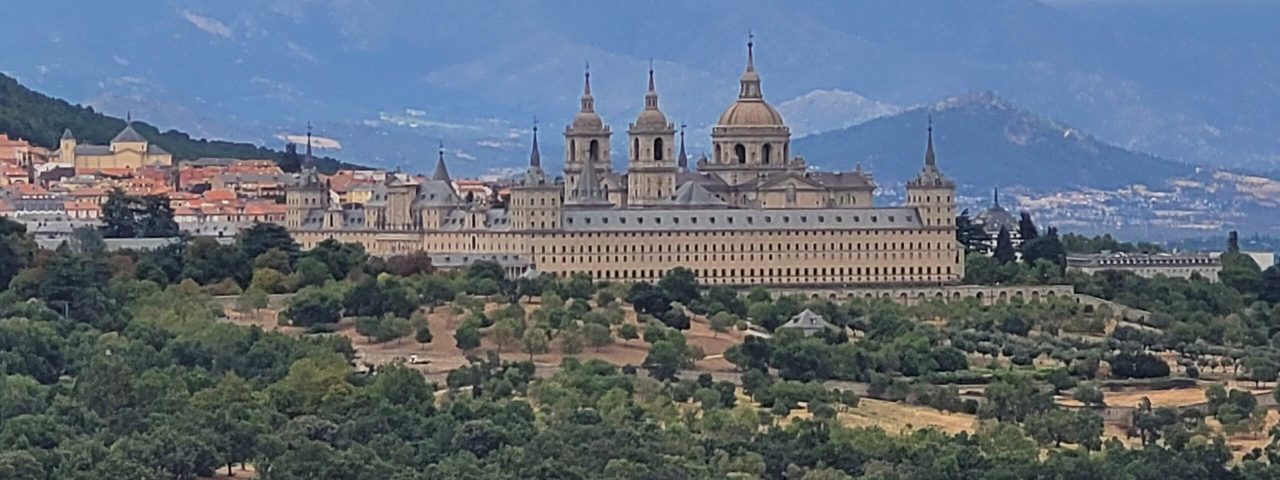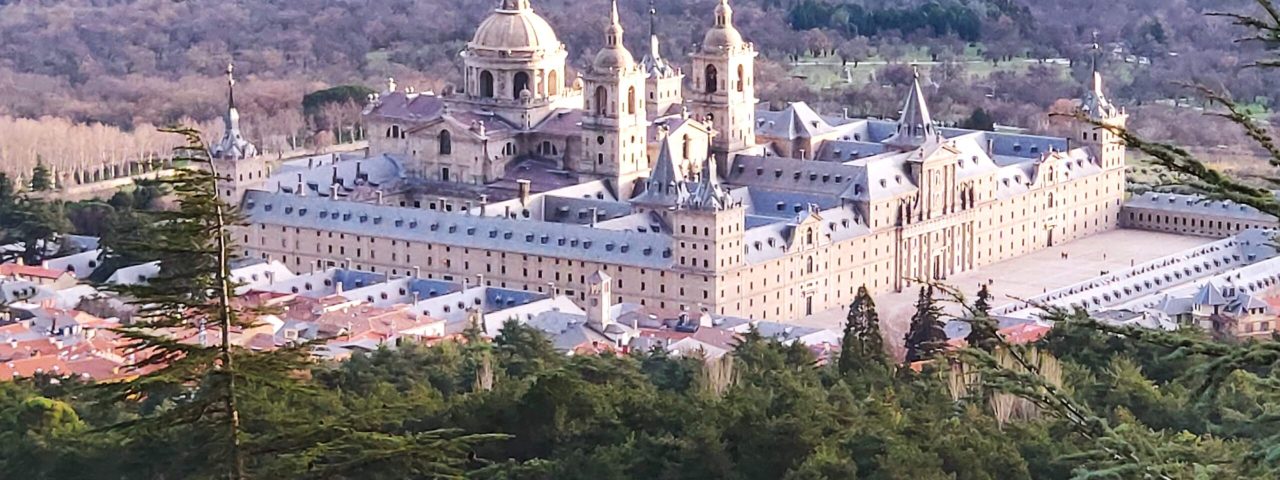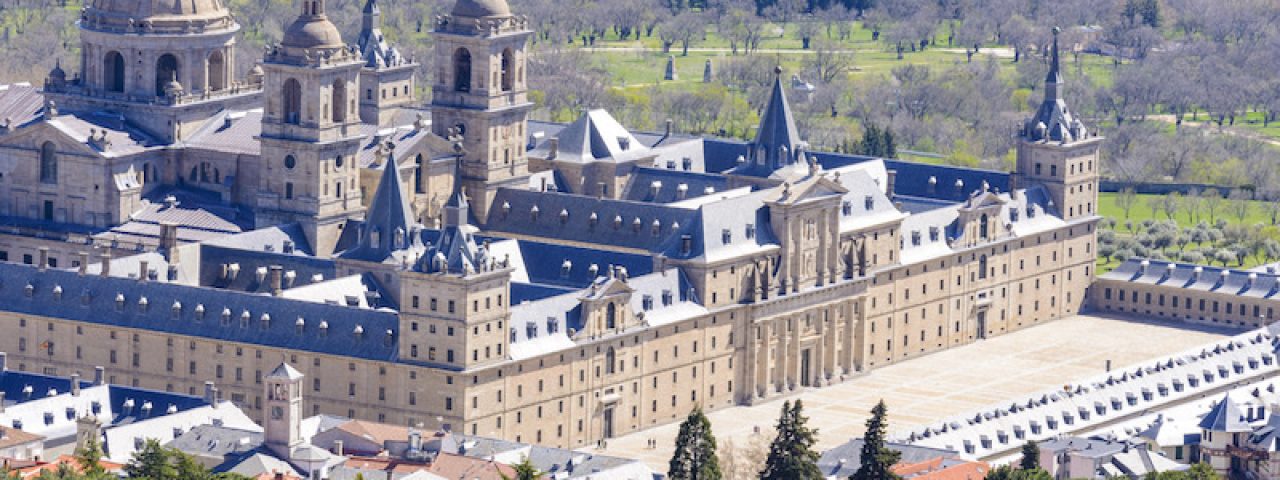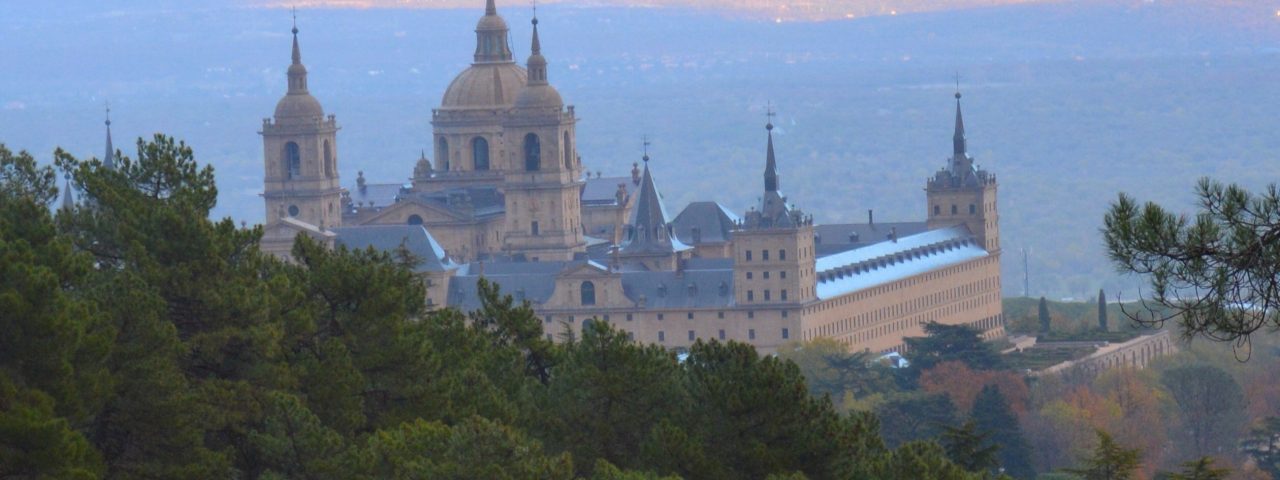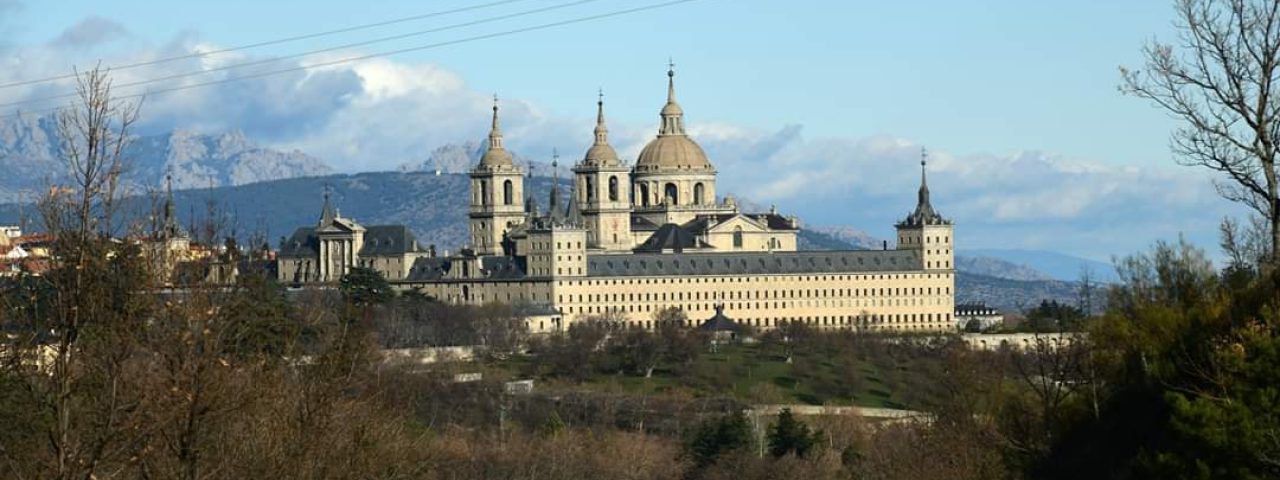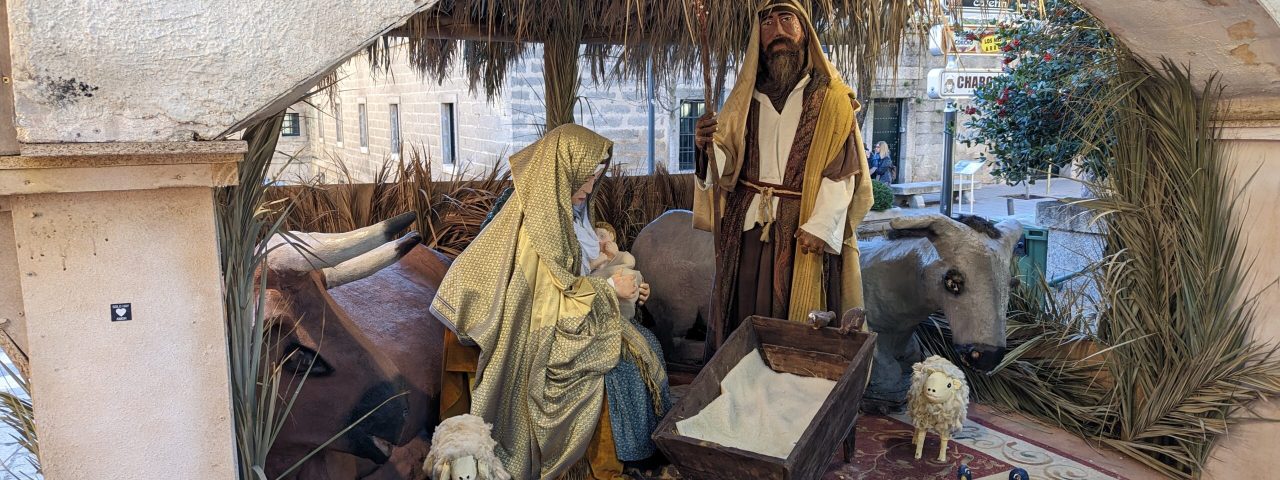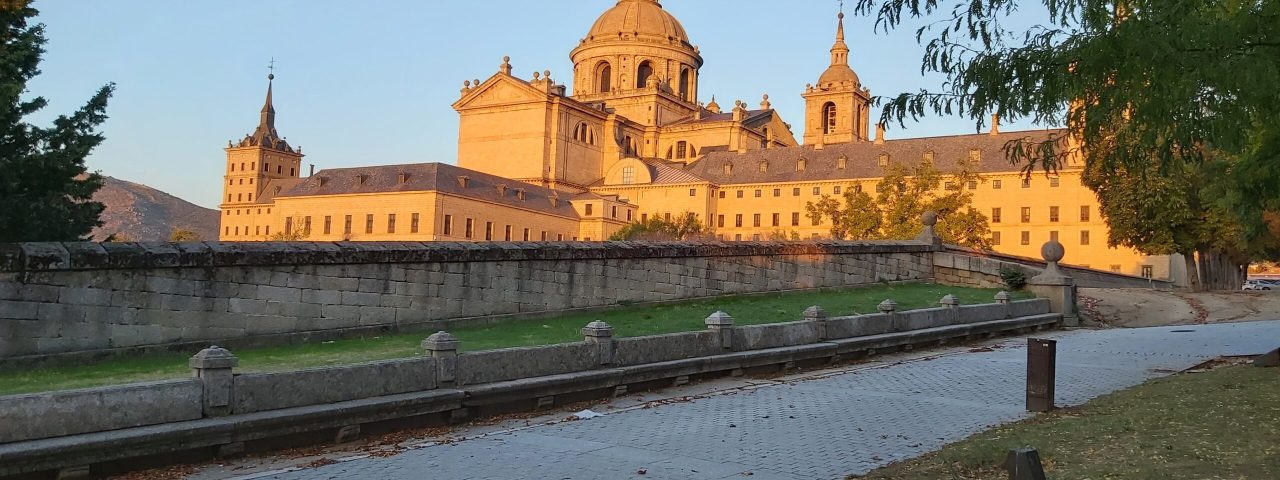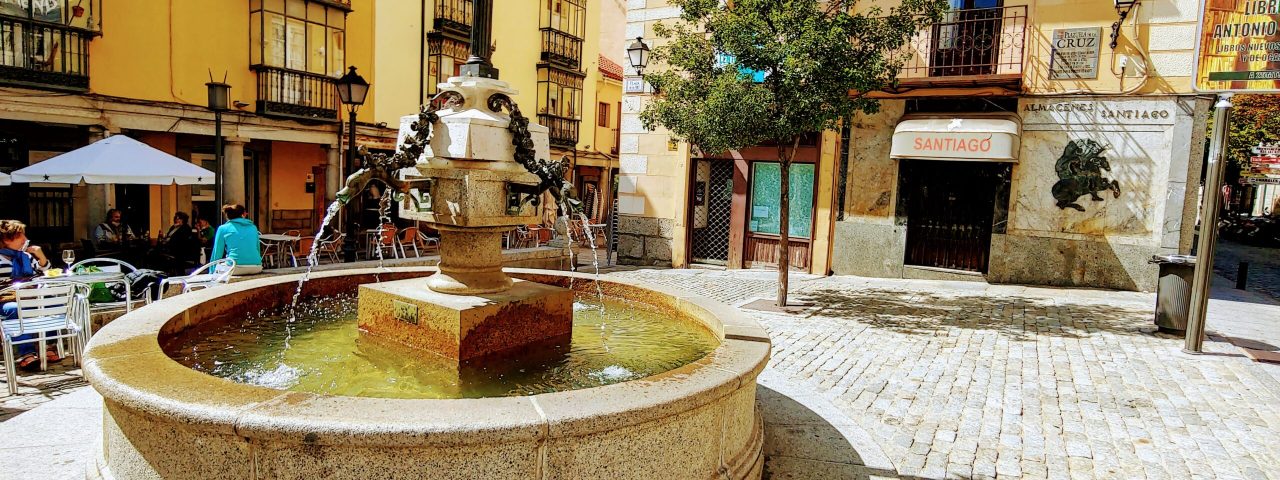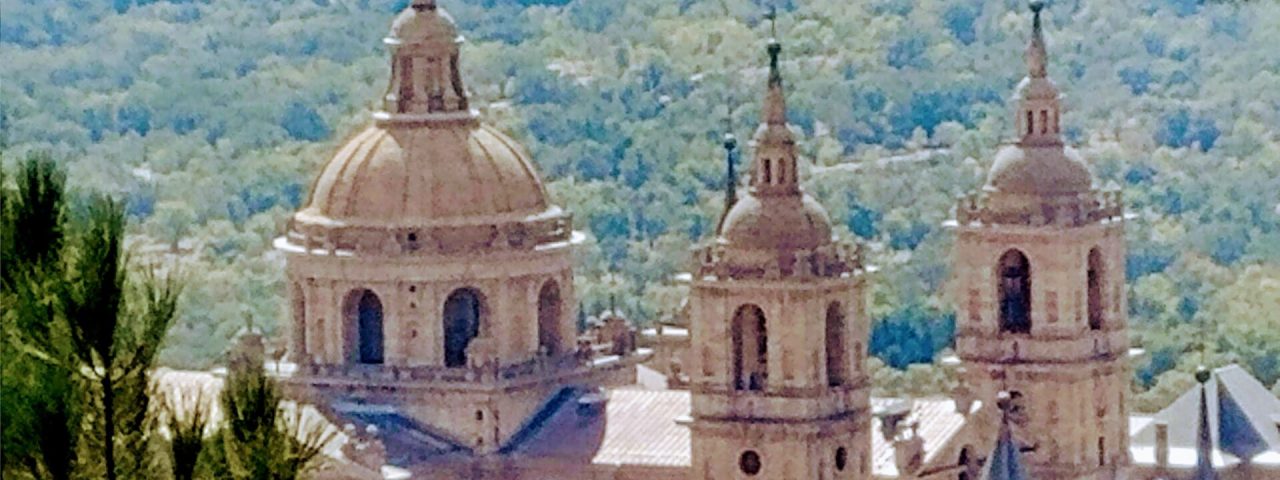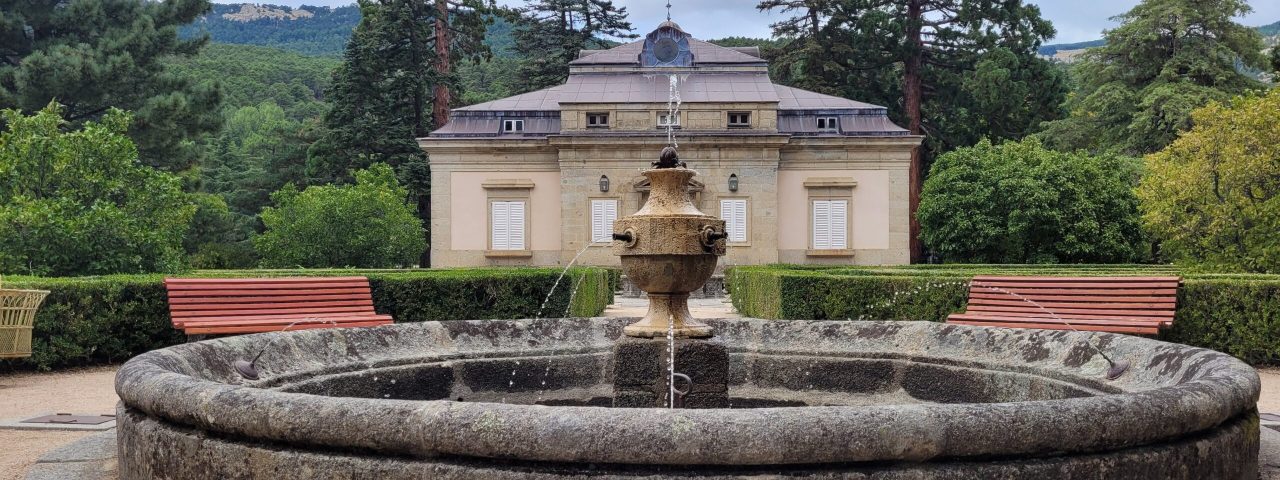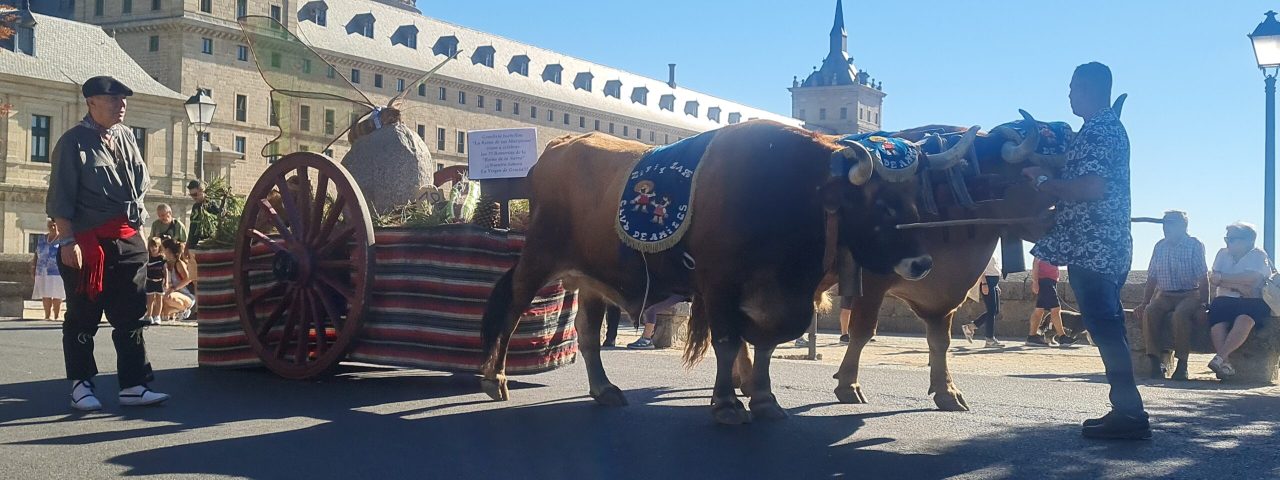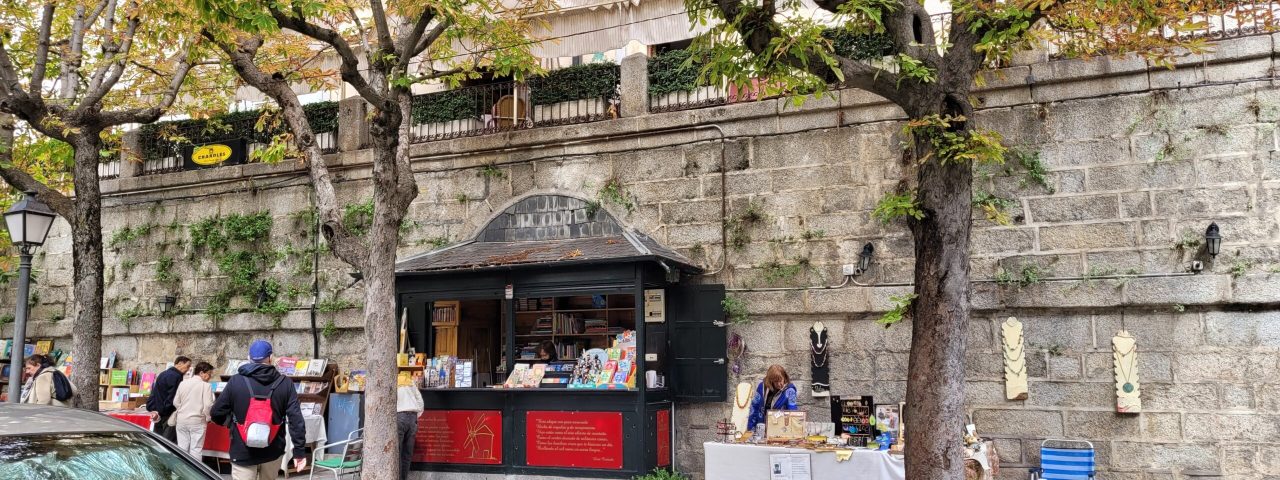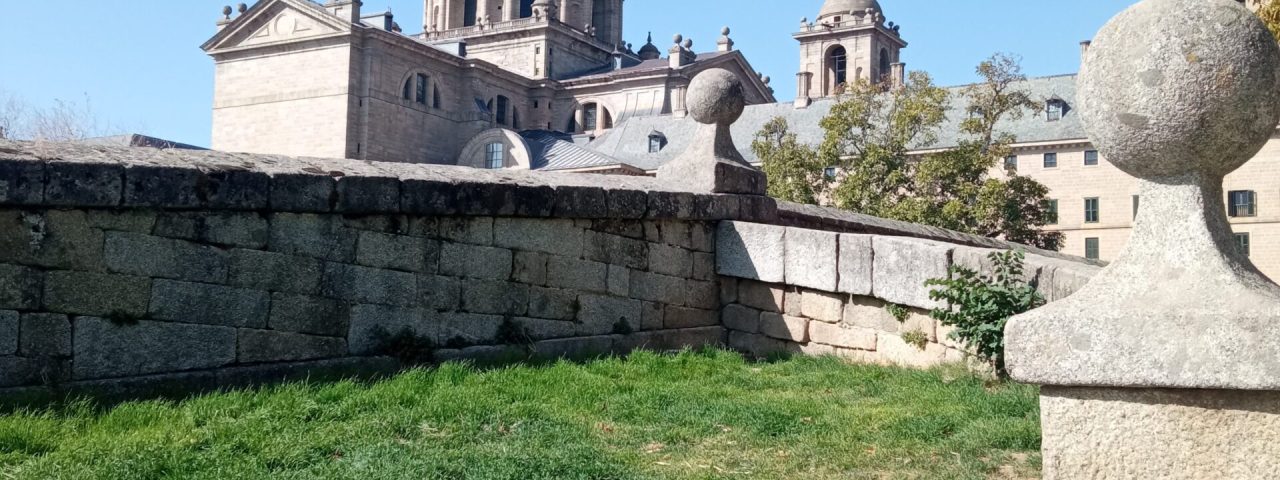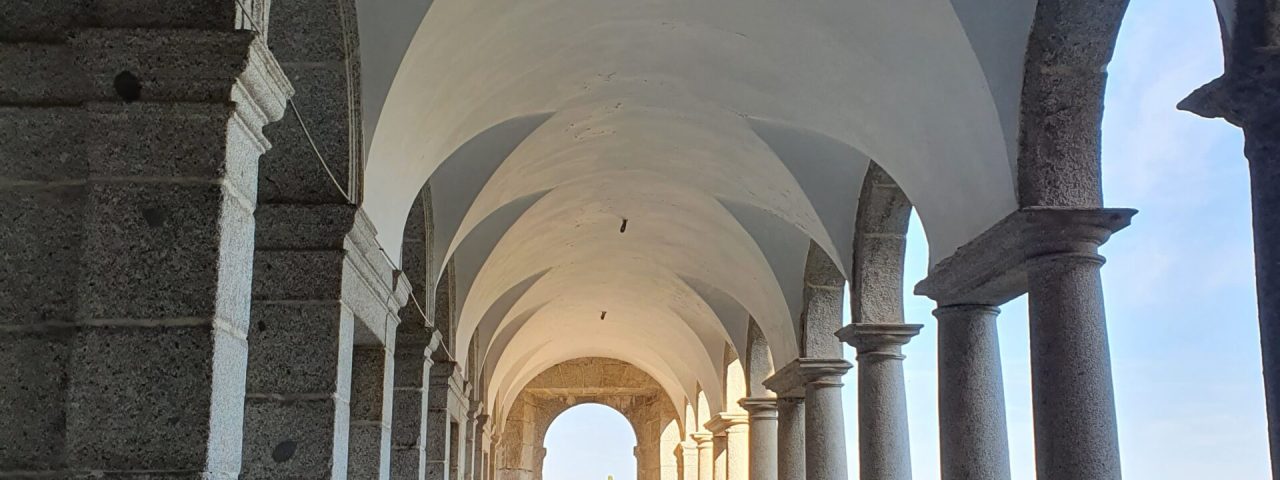San Lorenzo de El Escorial is steeped in history, with its most famous landmark being the Royal Monastery of San Lorenzo de El Escorial, a symbol of Spain’s Golden Age. The monastery was commissioned by King Philip II in the 16th century to serve as a royal palace, basilica, and burial site for Spanish kings. It has since become a symbol of Spanish power and Catholic devotion during the reign of the Habsburgs. The town grew around this monumental structure, and its historical importance remains a defining feature.
The town is also known for its cultural significance, being a hub for religious and academic events throughout the centuries. San Lorenzo de El Escorial has maintained many of its traditional customs, including religious festivals such as Semana Santa (Holy Week), which features elaborate processions through the streets. Another notable event is the feast of San Lorenzo, celebrated every August 10th, where the town honors its patron saint with parades, music, and community gatherings.
In addition to religious customs, the town embraces its cultural heritage through events like classical music festivals, art exhibitions, and theater performances. The town’s historical ties to Spain’s royalty and its preserved traditions offer visitors a glimpse into the country’s rich past and vibrant culture.
